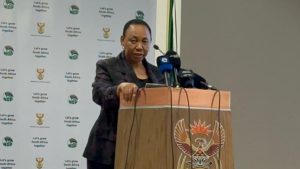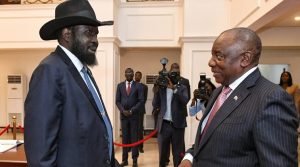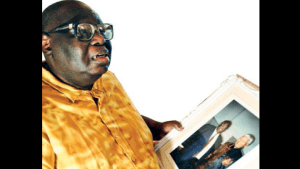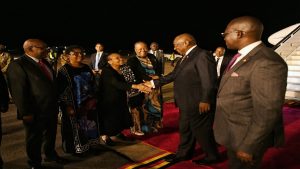South Africa suffered its worst quarterly contraction in nine years, data showed on Tuesday, in a reminder to investors of the huge challenge President Cyril Ramaphosa faces to deliver long term economic growth.
After Jacob Zuma was forced out as leader by the ruling party in February, Ramaphosa pledged to clean up governance, deal with high unemployment and improve basic services, igniting a wave of optimism dubbed “Ramaphoria”.
South Africa’s economy has barely grown in the past decade with fiscal missteps and corruption contributing to weak business and consumer confidence.
However, the poor gross domestic output (GDP) in the first three months of 2018 will erode some of the enthusiasm in Africa’s most industrialised economy. The rand weakened by more than one percent against the dollar in response.
GDP contracted by 2.2 percent in the first quarter, led by a slowdown in agriculture and mining, after expanding 3.1 percent in the final quarter of last year, Statistics South Africa said.
This was the largest quarter-on-quarter decline since the first quarter of 2009, when the economy contracted 6.1 percent, the agency said.
Economists polled by Reuters had expected a quarter-on-quarter GDP contraction of 0.5 percent.
“Today’s downbeat figure will dampen some of the enthusiasm surrounding President Cyril Ramaphosa,” Capital Economics senior emerging markets economist John Ashbourne said.
“South Africans themselves were also optimistic; consumer confidence jumped to an all-time high in first quarter. But this ‘Ramaphoria’ does not seem to have translated into stronger spending,” he said, adding a swift turn-around was unlikely.
The real gross domestic product expenditure fell by 2.5 percent in first quarter after expanding by 3.1 percent in the third quarter, the statistics agency said.
The agriculture sector shrank 24.2 percent in the quarter due to poor horticulture output, followed by mining which fell 9.9 percent and manufacturing which fell 6.4 percent.
GDP rose 0.8 percent on an unadjusted year-on-year basis in the first quarter, compared with a 1.5 percent expansion in the previous three months, the agency said.
Adding to evidence that economic growth remained fragile, a survey showed South African private-sector activity was at a standstill in May, with an increase in new orders and rising employment offset by a contraction in output.






